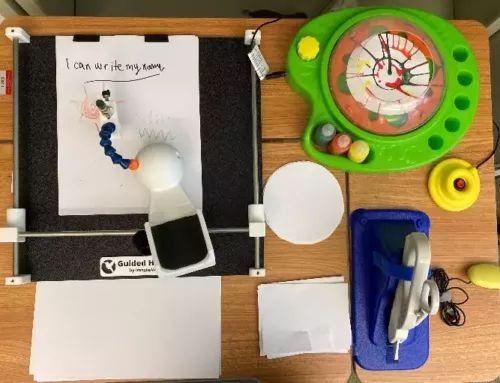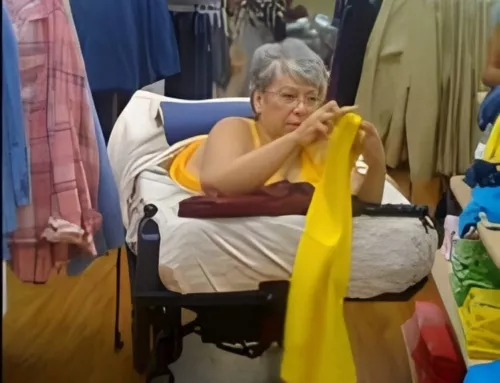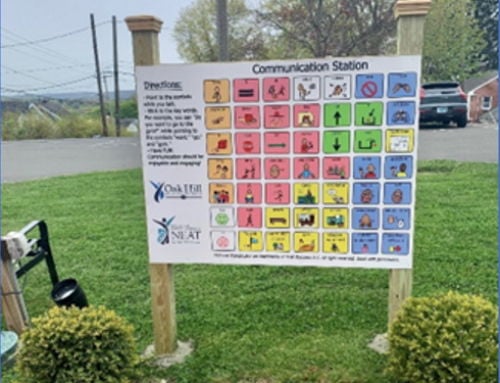FAAST Rec and Fitness Assistive Technology Device Loan Program
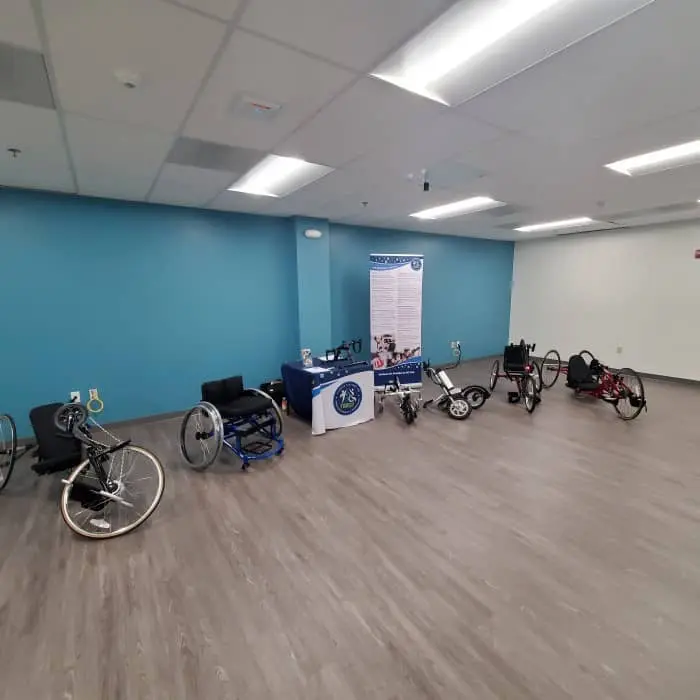
This guest blog post was written by Eric Reed.
The Florida Alliance for Assistive Services and Technology (FAAST) was the recipient of a Craig H. Neilsen Foundation Community Support Grant in October 2021. The grant funding of $143,000 helped FAAST create a two-year Rec and Fitness Assistive Technology Device Loan Program for individuals with spinal cord injuries (SCI). As research shows that individuals with SCI have high instances of cardiovascular disease and type-2 diabetes commonly due to inactivity, FAAST sought a way to bring not only greater awareness to the SCI community but also allow individuals an opportunity to borrow equipment that might lead to better health outcomes and a more active and independent life.
To help accomplish the goals and achieve the anticipated outcomes of the grant program, FAAST used approximately half of the funding to purchase different types of hand cycles, sports chairs, and wheelchair exercise equipment. Partnering with six other organizations to start, FAAST distributed the equipment across the state and made it available for anyone with an SCI to participate in device demonstrations and borrow the equipment through the FAAST device lending program. Partners included Centers for Independent Living, a rehabilitation hospital, and a Wounded Warriors program. Contacts were established between the partner organization and regional rehab facilities to better introduce and integrate the two programs so individuals preparing to leave a rehabilitation program would be informed about opportunities to continue to access fitness and recreation equipment outside of a formal rehab setting. As the program evolved, additional partner organizations were added, increasing the ability for FAAST to reach the target population more effectively.
While the device loan segment of the program was supposed to be the main avenue to reach participants, there was also a demo day event with each partner planned during year two. However, as individuals face multiple barriers with SCI to transport and store large fitness equipment as well as barriers to independently use the equipment without some confidence building and training, we discovered that local community events proved to be an excellent way for participants to confidently use the equipment and begin or continue a journey of better health and activity. So, in addition to the six planned events in year two, FAAST provided equipment at five other events starting in year one, where individuals could learn about and use a handcycle to participate in a race, walk, or other activity.
The program’s initial goal was for 160 individuals with SCI to participate, primarily through device loans. Due to a major delay in ordering and producing our handcycles, no equipment was distributed until six months into the year. It wasn’t until month nine that all equipment was received from the manufacturer and distributed. Because of this, participant projections were modified, and 102 individuals with SCI were served through the program. As the greater community event participation vs device loans became apparent, targeting an increased event customer base grew, and single-day event participants made up the majority of the reported program individuals. When surveyed following their participation in any aspect of the program, 82% of the respondents stated that they did find something that they were successfully able to use and would help them be more active.
While the program hit a few speed bumps along the way, the ability to adapt the program, adjust messaging, and add partnerships, all with the support of a great funding organization, allowed for successful outcomes and a positive impact on individuals living with spinal cord injuries throughout the state and helped FAAST realize that there is a great need for continuing adaptive and outdoor recreation efforts across the state. While there was success in participants finding something that works for them, 46% of respondents stated they would use equipment at other community events in the future, showing the importance of keeping the equipment available across the state. With this in mind, FAAST will keep equipment at several partner organizations, so it is available to borrow, whether by an individual or another organization hosting an event. FAAST will also continue to travel to various events multiple times a year, bringing equipment and making it available to those who are seeking a more active and healthy life.


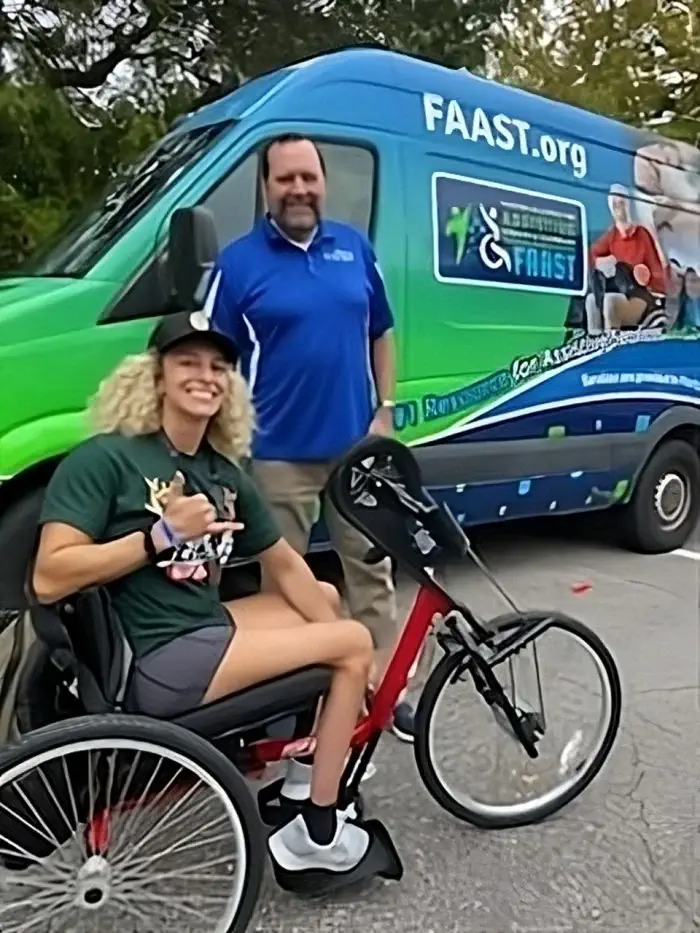
Monthly Blog Digest
Search the blog
State AT Program Blogs
California
Florida
Indiana
Kentucky
Louisiana
Maryland
Massachusetts
Michigan
Montana
North Carolina
North Dakota
Utah
State AT Program Blogs
The AT3 Center, the Association of AT Act Programs (ATAP), and the Administration on Community Living (ACL) make no endorsement, representation, or warranty expressed or implied for any product, device, or information set forth in this blog. The AT3 Center, ATAP, and ACL have not examined, reviewed, or tested any product or device hereto referred.


